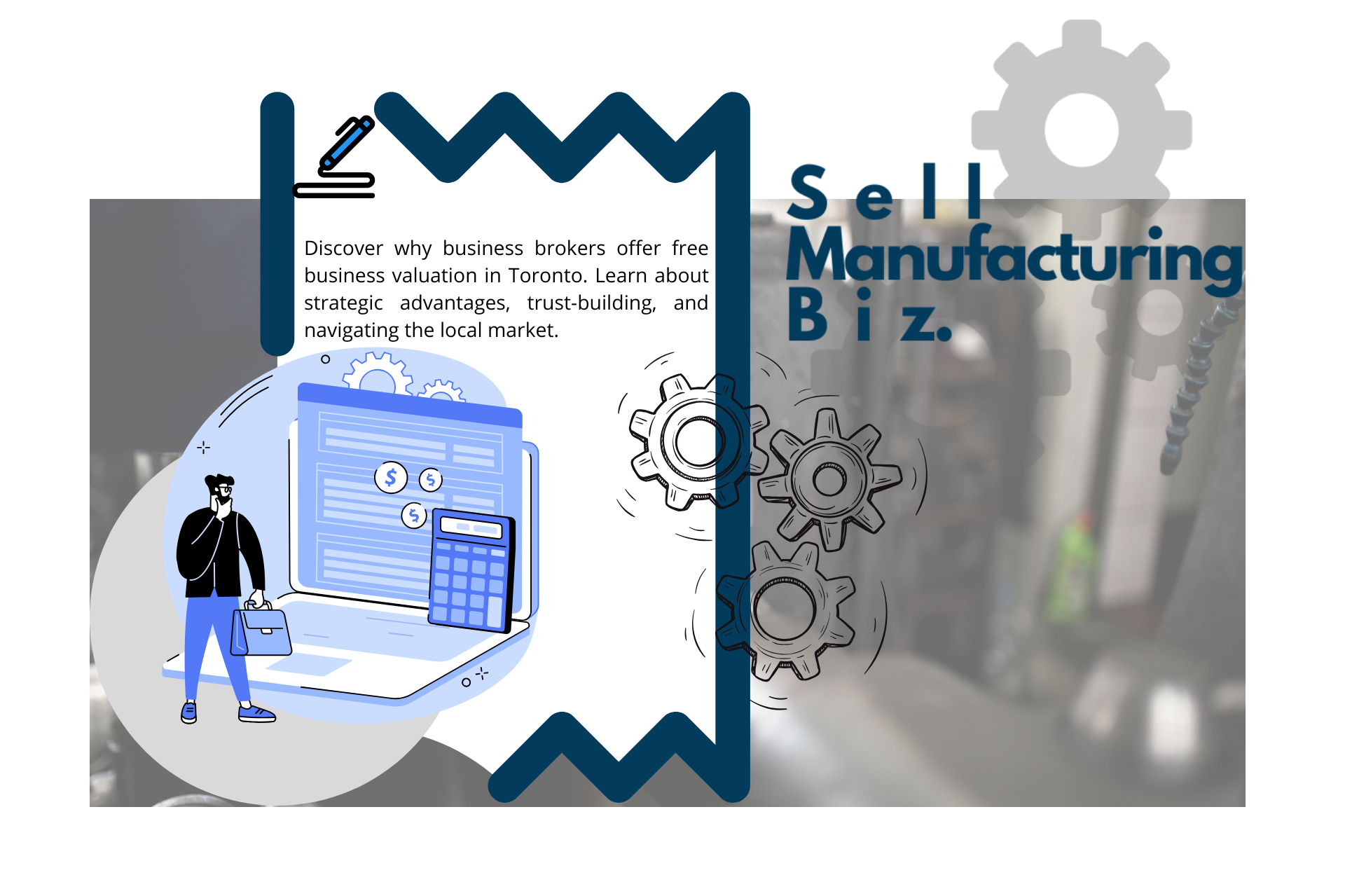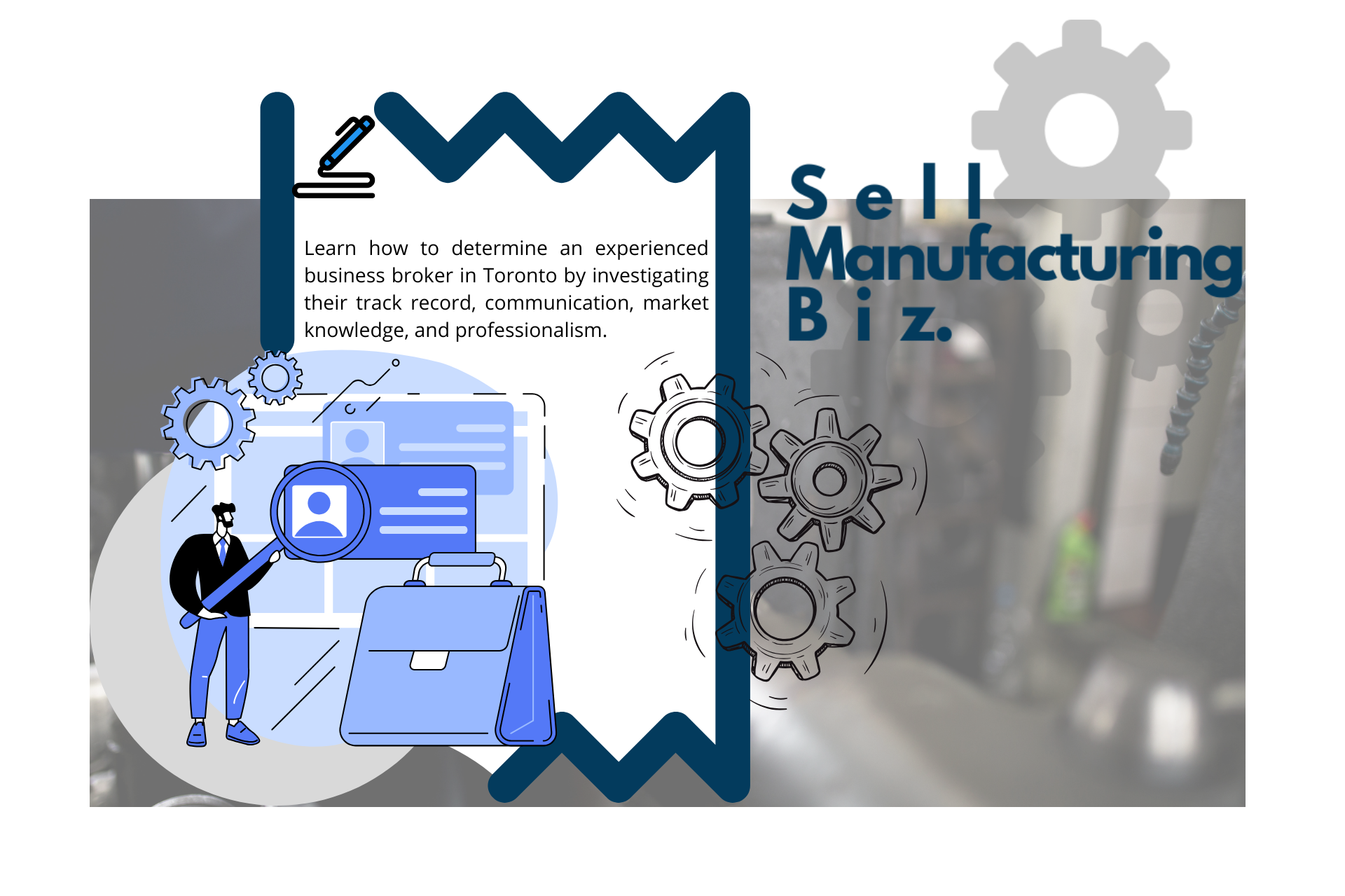Formulas For Business Valuaiton
Unlock Using Business Valuation Formulas For Your Manufacturer in Canada
To value a manufacturing business in Ontario, British Columbia, Edmonton, or Alberta you should be familiar with some valuation formulas, such as:
The asset approach formula or business equity value formula is a simple way to estimate a business's value based on its net tangible assets. It considers the manufacturing business's assets, liabilities, and owner's equity.
This formula finds an enterprise value (net tangible assets minus liabilities) and divides it by the owner's equity of the business. This helps you determine the value easily of the a manufacturing business and make wise choices.
However, if you want to set a market price for your manufacturing business, there are other combined valuation methods to use.
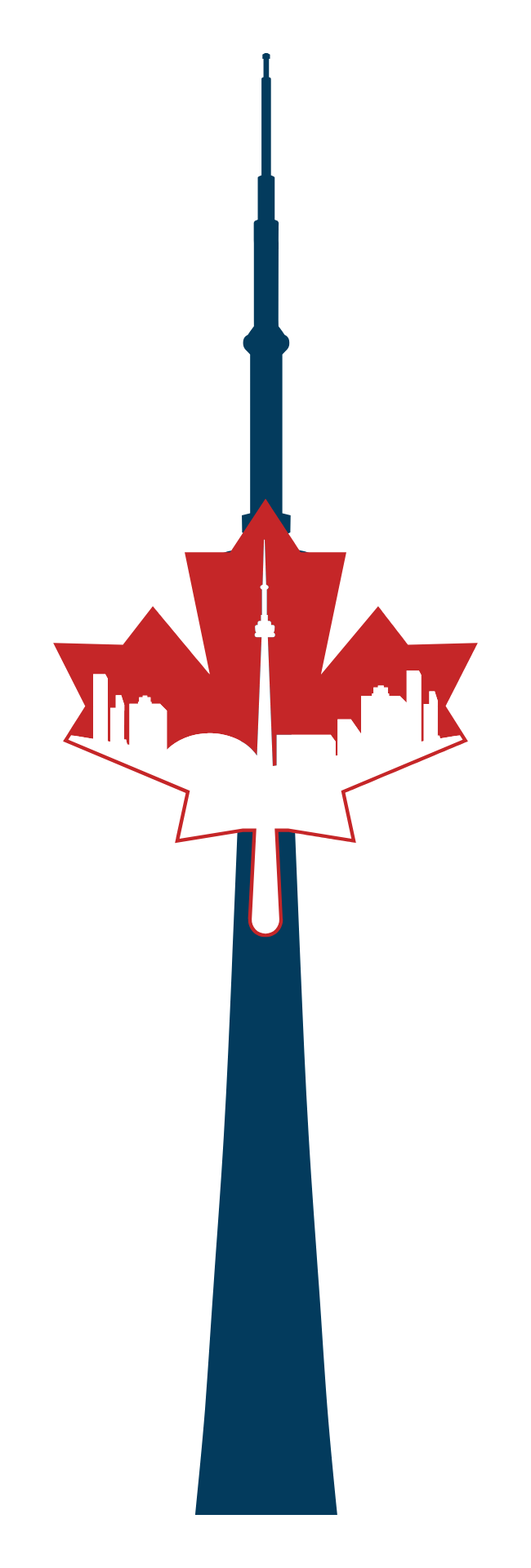
Asset-Based Valuation Formula: Current Value = (Asset Value) / Equity Multiplier Where Equity Multiplier = 1 / (1 – Debt Ratio)
A common challenge for Canadian manufacturing business owners is how to value their company correctly. They might underestimate or overestimate how much their company is worth.
One way to find out the value of a manufacturing company quickly and accurately is to use the book value method. This method involves subtracting the total liabilities of the company from the total assets. The result is the book value of the company.
For example, suppose you own a manufacturing company and you want to use the book value method to find out its value. You would need to list all the assets of your company, such as:
- cash,
- inventory,
- equipment,
- buildings,
- and accounts receivable.
Then you would add up the value of all these assets and subtract the liabilities that you owe, such as:
- loans,
- mortgages,
- taxes,
- and accounts payable.
The difference between the assets and liabilities is the book value of your manufacturing company. This is how much your company is worth based on its current assets.
Let's say your total assets are worth $1 million
Let's say your total liabilities are worth $250 thousand
Book Value = $1 million - $250 thousand
Book Value = $750 thousand
The book value method is often used for smaller manufacturing companies that have a lot of physical assets but not a lot of revenue. This method is good for companies that can sell their assets easily if they need to.
Business Valuation Formula Using Enterprise Value Divided By EBITDA Multiple: EV = EBITDA x EV/EBITDA Multiple
A common way to estimate the fair market value of a manufacturing business in Ontario, British Columbia, Edmonton, or Alberta is to use the EV/EBITDA Multiple. This is a valuation formula that shows how much a potential buyer or investor would pay for your company based on its earnings potential and profitability.
The EV/EBITDA Multiple is calculated as follows:
EV = EBITDA x EV/EBITDA Multiple
EV = Enterprise Value
EBITDA = Earnings before interest, taxes, depreciation, amortization
Multiple = A ratio that compares the enterprise value to the EBITDA value
The enterprise value reflects the total value of your company, including its equity and debt. The EBITDA measures your company's operating performance and cash flow. The multiple indicates how attractive your company is to buyers or investors.
This valuation formula is suitable for manufacturers in the lower middle market with annual revenues between $5 and $50 million. It can help you determine a realistic price range for your company and negotiate with potential buyers or lenders.

Precedent Transaction Value Calculation: (1 + r) ^ (t/2) – C
One way to estimate how much a Canadian manufacturing business is worth is to use a formula based on its future cash flow. This formula is similar to how you would calculate the value of a bond, but instead of using the coupon payment, you use the cash flow of the business.
The formula looks like this:
(1 + r) ^ (t/2) – C
r = the weighted average cost of capital (WACC).
t = the number of years until you sell the business.
C = the cash flow in the last year of your projection.
Another way to value your manufacturing business in Canada is to look at how much other similar businesses have sold for recently. This method is called precedent transaction value calculation, and it can help you find a realistic price for your business based on market data.
This method is especially useful if you have access to information about recent sales of comparable businesses, or if you want to invest in an industry that you are not familiar with. By using this method, you can get a reliable estimate of your business value with more confidence.
However, not every business valuation formula works for every situation, so it's important to get professional advice before you decide on a price. A business valuation expert can help you choose the best method for your specific case and give you an accurate assessment of your manufacturing company value in Canadian Provinces such as: Ontario, British Columbia, Edmonton, or Alberta and other provinces that we cover.
You've learned a lot about business valuation and the formulas that go into it. Now you can make smart business decisions and boost your manufacturing business value in Canada.
With business valuation services for manufacturing companies, you can get the best deal for your company and increase the sale value. You deserve to get the most out of your hard work and investment.
Let's reveal the top five calculations that determine your business value! Ready for some math? This is where it gets interesting.-->>
